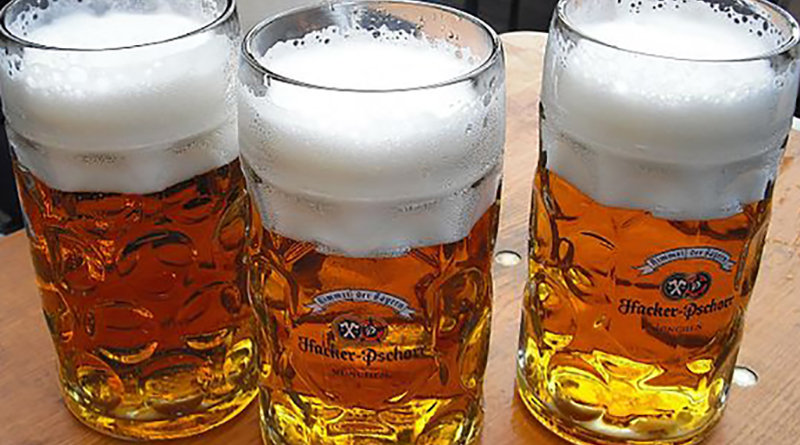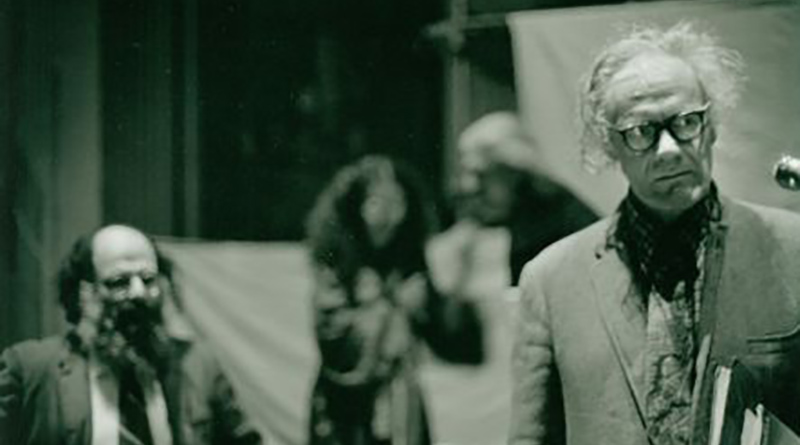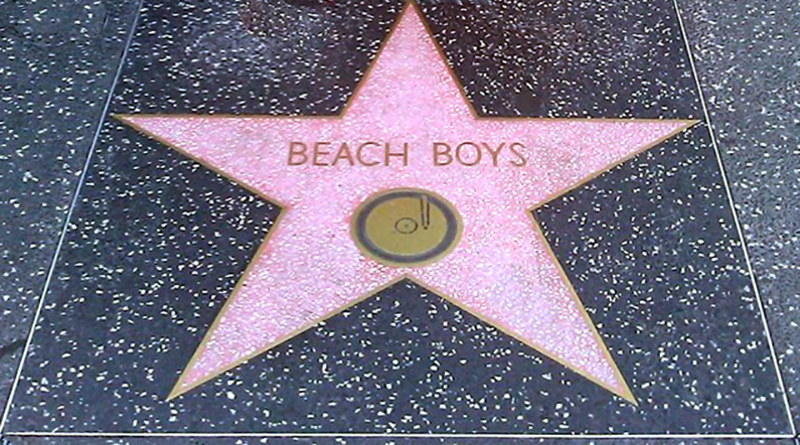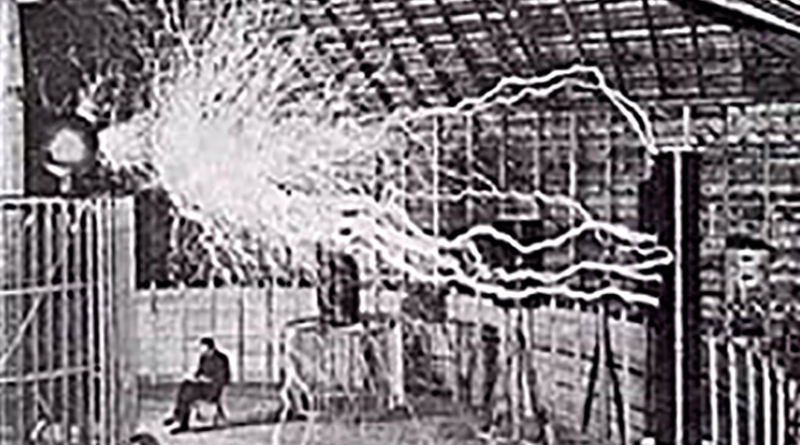The search for unpolluted drinking water is as old as civilization itself. As soon as there were mass human settlements, waterborne diseases like dysentery became a crucial population bottleneck. For much of human history, the solution to this chronic public-health issue was not purifying the water supply. The solution was to drink alcohol. In a community lacking pure-water supplies, the closest thing to “pure” fluid was alcohol. Whatever health risks were posed by beer (and later wine) in the early days of agrarian settlements were more than offset by alcohol’s antibacterial properties. Dying of cirrhosis of the liver in your forties was better than dying of dysentery in your twenties. Many genetically minded historians believe that the confluence of urban living and the discovery of alcohol created a massive selection pressure on the genes of all humans who abandoned the hunter-gatherer lifestyle. Alcohol, after all, is a deadly poison and notoriously addictive. To digest large quantities of it, you need to be able to boost production of enzymes called alcohol dehydrogenases, a trait regulated by a set of genes on chromosome four in human DNA. Many early agrarians lacked that trait, and thus were genetically incapable of “holding their liquor.” Consequently, many of them died childless at an early age, either from alcohol abuse or from waterborne diseases. Over generations, the gene pool of the first farmers became increasingly dominated by individuals who could drink beer on a regular basis. Most of the world’s population today is made up of descendants of those early beer drinkers, and we have largely inherited their genetic tolerance for alcohol. (The same is true of lactose tolerance, which went from a rare genetic trait to the mainstream among the descendants of the herders, thanks to the domestication of livestock.) The descendants of hunter-gatherers — like many Native Americans or Australian Aborigines — were never forced through this genetic bottleneck, and so today they show disproportionate rates of alcoholism. The chronic drinking problem in Native American populations has been blamed on everything from the weak “Indian constitution” to the humiliating abuses of the U.S. reservation system. But their alcohol intolerance mostly likely has another explanation: their ancestors didn’t live in towns.
Ironically, the antibacterial properties of beer — and all fermented spirits — originate in the labor of other microbes, thanks to the ancient metabolic strategy of fermentation. Fermenting organisms, like the unicellular yeast fungus used in brewing beer, survive by converting sugars and carbohydrates into ATP, the energy currency of all life. But the process is not entirely clean. In breaking down the molecules, the yeast cells discharge two waste products — carbon dioxide and ethanol. One provides the fizz, the other the buzz. And so in battling the health crisis posed by faulty waste-recycling in human settlements, the proto-farmers unknowingly stumbled across the strategy of consuming the microscopic waste products generated by the fermenters. They drank the waste discharged by yeasts so that they could drink their own waste without dying in mass numbers. They weren’t aware of it, of course, but in effect they had domesticated one microbial life-form in order to counter the threat posed by other microbes. The strategy persisted for millennia, as the world’s civilizations discovered beer, then wine, then spirits — until tea and coffee arrived to offer comparable protection against disease without employing the services of fermenting microbes. — Steven Johnson, in his book The Ghost Map: The Story of London’s Most Terrifying Epidemic — and How It Changed Science, Cities, and the Modern World (read for free)







